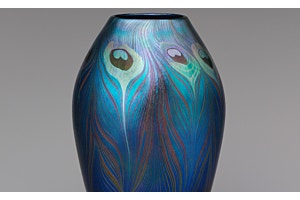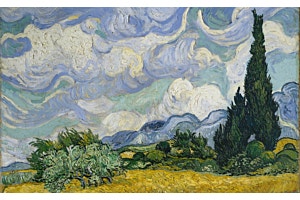
Butterflies are beloved subjects in Japanese art for their poetic beauty and associations with longevity and springtime. From woodblock prints to robes and furniture, butterflies abound in the Museum’s holdings of Japanese artworks and decorative objects.


One such object is a Meiji-period (1868–1912) box from the second half of the 19th century. Likely reserved for ceremonial tea utensils, this extraordinary piece boasts remarkable artisanship.


It’s an outstanding example of the Japanese lacquer technique known as maki-e (meaning “sprinkled picture”), achieved by sprinkling powdered silver and gold onto wet lacquer, and boasts high- and low-relief designs referred to as takamaki-e and hiramaki-e.


The ethereal mother-of-pearl butterflies decorating the box serve as the inspiration behind our Meiji Butterfly Jewelry. The collection presents both delicate and statement pieces featuring shimmering mother-of-pearl elements in honor of the source.


The original box was one of many treasures in the collection of the visionary Tiffany & Co. designer Edward C. Moore (American, 1827–1891), the subject of a new exhibition at The Met Fifth Avenue.


On view from June 9 through October 20, 2024, Collecting Inspiration: Edward C. Moore at Tiffany & Co. showcases Moore's profound design influence as a prodigious collector of the decorative arts, a noted silversmith, and the creative force who led Tiffany & Co. to unparalleled heights of originality and success during the second half of the 19th century.


Through over 180 extraordinary creations bequeathed to the Museum from Moore's collection, alongside 70 magnificent silver objects designed at Tiffany & Co. under his direction, Collecting Inspiration considers Moore's pivotal role in shaping the legendary Tiffany design aesthetic—and the evolution of The Met collection.
Shop the Meiji Butterfly collection in-store and online.







